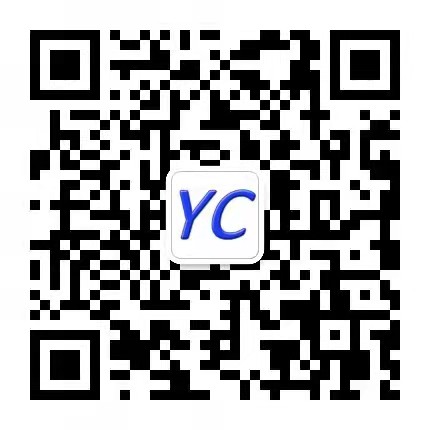Categories
Latest Updates
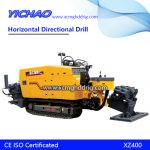
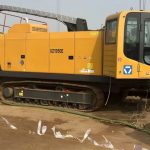
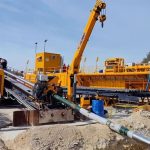
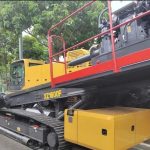
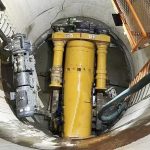
Horizontal directional drilling consists of several installation steps. First, a pilot bore is made with a suitable-sized drilling rig. The bore is steered to create an initial hole at the required line and grade. Successive reamers are then pulled back to enlarge the bore diameter to the desired size. During the last stage of reaming, the service pipe is pulled back into the bore. HDD is often employed when an open cut excavation is unsuitable such as at a railway crossing or river crossing. Most pipelines installed by this process are fusion welded continuous HDPE pipes, although steel, ductile iron, and PVC pipes are also installed by this process. The recent introduction of fusible PVC piping has allowed PVC piping to be more widely used in HDD installations of water pipe, telecommunications, and electrical conduit that were previously dominated by PE pipes.
There are 4 Stages in the Horizontal Directional Drilling Process.
Stage 1: Drilling the Pilot Hole
The first stage of a successful Horizontal Directional Drilling Process is drilling a pilot hole. A pilot hole is horizontally drilled and continues under and across the obstacle along a predetermined design path. An electronic transmitter is placed in a housing which is directly behind the directional drilling cutting head. The transmitter sends a signal to the surface which is read by the receiver, which then transmits the information back to the directional drill rig operator. The directional driller then, by using the relayed information, can steer the bore path in any desired direction.
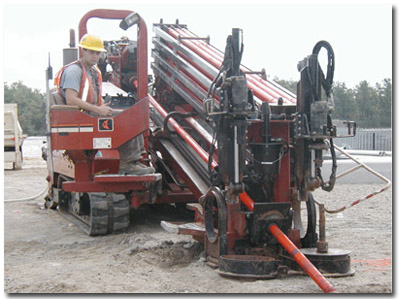
Stage 2: Pre-reaming the Horizontal Boring
Once the pilot hole has been completed, the borehole must be enlarged to a suitable diameter for the product pipeline. This is accomplished in the second stage of the Horizontal Directional Drilling Process by “prereaming” the horizontal boring to successively larger diameters. Generally, the reamer is attached to the drill string on the opposite end of the borehole from the drill and pulled back into the pilot hole. Slurry is pumped into the directionally drilled borehole to maintain the integrity of the hole and to flush out cuttings.
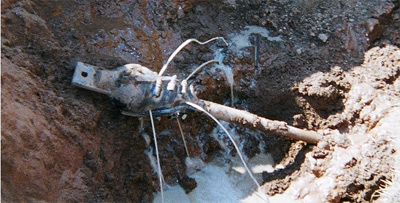
Stage 3: Pullback Operations
Stage 3 of the horizontal directional drilling process is pullback. Once the directionally drilled hole is enlarged, the conduit can be pulled through it. The pipeline is prefabricated at the end of the bore opposite the drill rig. A reamer is attached to the drill string, and then connected to the product by a pulling head and swivel. The swivel allows for the reamer to turn without the product turning. The directional drilling rig then begins the pullback operation, rotating and pulling on the drill string as well as circulating drilling fluids. The pullback continues until the reamer exits the bore path by the directional drill rig and the pipeline is in place.
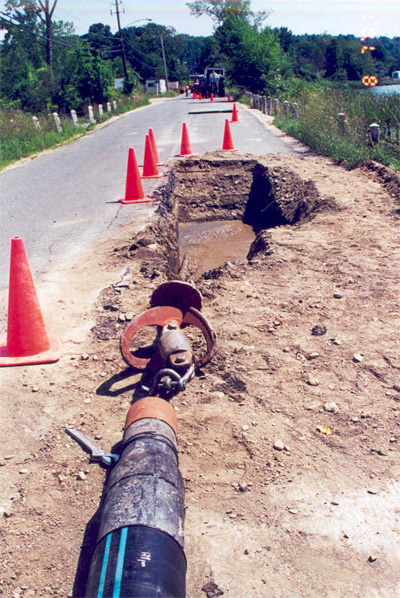
Stage 4: Installation of Conduits
If the horizontally bored conduit is to carry power lines, fiber optic cable, or some other product, an aircraft cable is inserted into the pipe prior to pulling into position. After the pipe installation, the directional drill rig is used to pull the product into position within the pipe. This final step in the Horizontal Directional Drilling Process includes pressure testing to ensure the integrity of the pipe. For more information on the process, watch this directional drilling animation.
